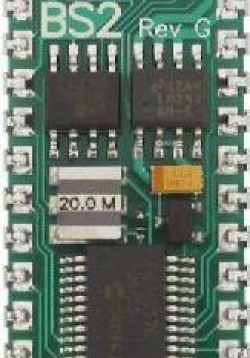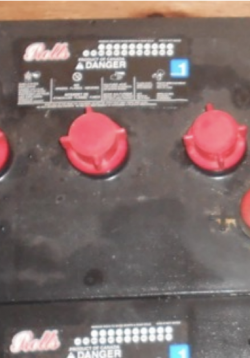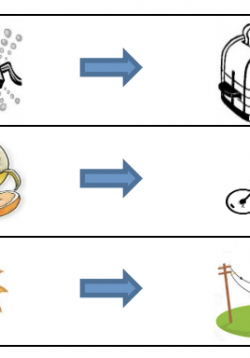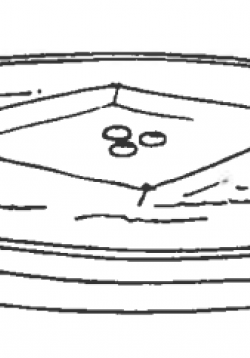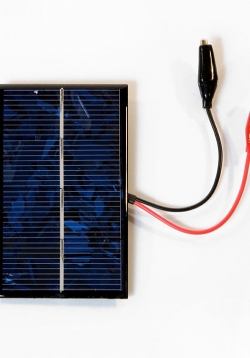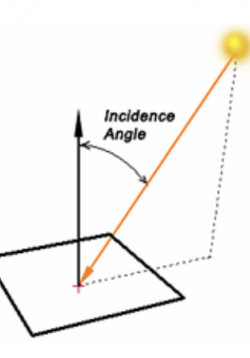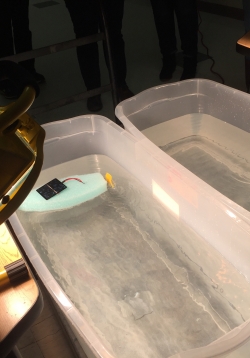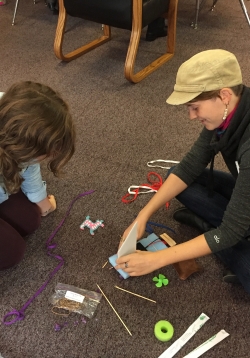Dual Axis Light Tracking
Students will take the previous lesson and apply them in creating a light tracker with two degrees of freedom. The axis of rotation will be about the horizontal and vertical. Teams will have everything they need to make this build work. They have already...
Integrating Solar Power
At this point students should have a working robotic sunflower that will track the sun with 2 degrees of freedom. This next lesson powers the whole system with a photovoltaic module. A Zener diode is used to charge a 6V motorcycle battery which then...
Solar Battery Charging
Students will become familiar with circuits, cells, batteries, and photovoltaic cells, then plan, build, test, modify, and re-test a small solar battery charger designed to maintain batteries from a particular device.
What is Energy?
Students will gain an understanding of the fundamentals of energy through observing a variety of energy transformations and develop a foundational vocabulary for identifying and discussing energy concepts. Students will make observations about how energy...
What is Energy Transfer?
Students will continue to build an understanding of the fundamentals of energy through observing and describing a variety of energy transformations and build on their foundational vocabulary for identifying and discussing energy concepts. In this stage of...
What is Force?
Students will build a barge out of tin foil and describe the forces acting it. The barge itself is designed only with the constraints that passengers within the barge will not get wet, allowing for students to experiment with different shapes and...
How Do Solar Panels Work?
Students will learn the basics of how a solar cell generates electricity and observe the effects on a small electrical load attached to a solar module under a variety of conditions. They will build upon knowledge gained in previous lessons dealing with...
How to Measure Output of Solar Modules
Students will measure output from solar module before a load is attached and relate it to real world output. They will make these measurements using a multimeter and be able to determine the optimal angle at which their module generates a current flow....
Solar Boat Science Investigation
Design a science investigation to test a solar speedboat, airboat, and surface submarine. Students will use the “Planning an Investigation Template” in order to determine their motivations for designing a solar boat, make predictions about the outcomes...
Building Solar Boats
Students will follow step-by-step instructions to build their solar boats. They will troubleshoot as necessary by making sure electricity flows into the motor to make the vehicles move by propeller or gears. They will be using their planned investigations...

